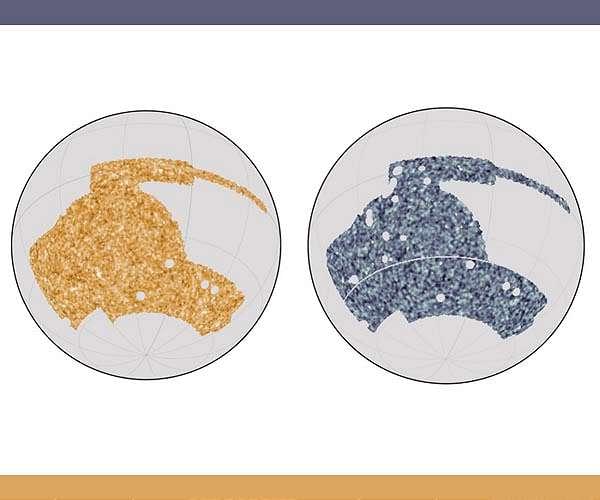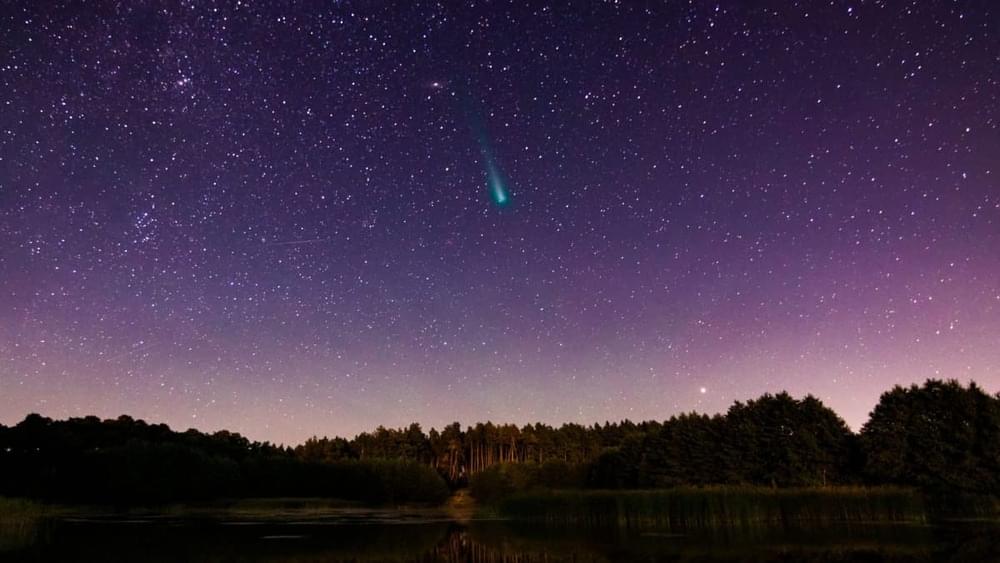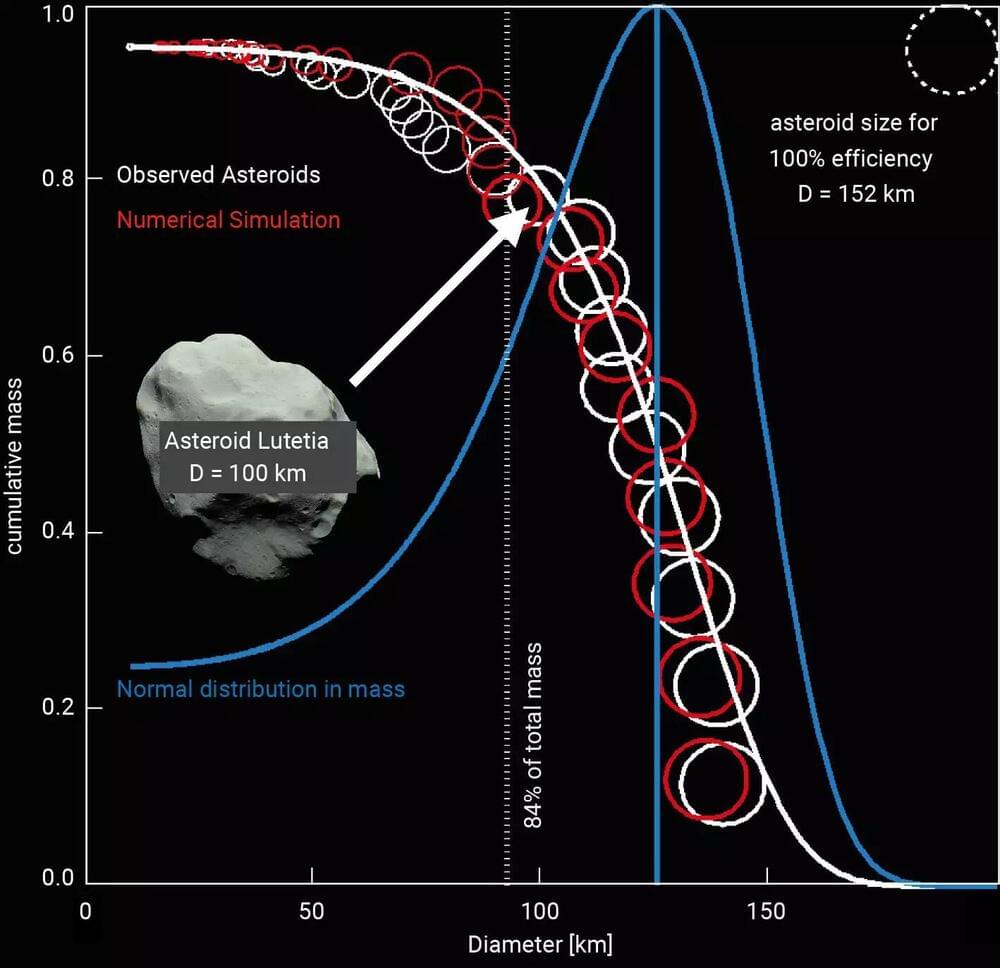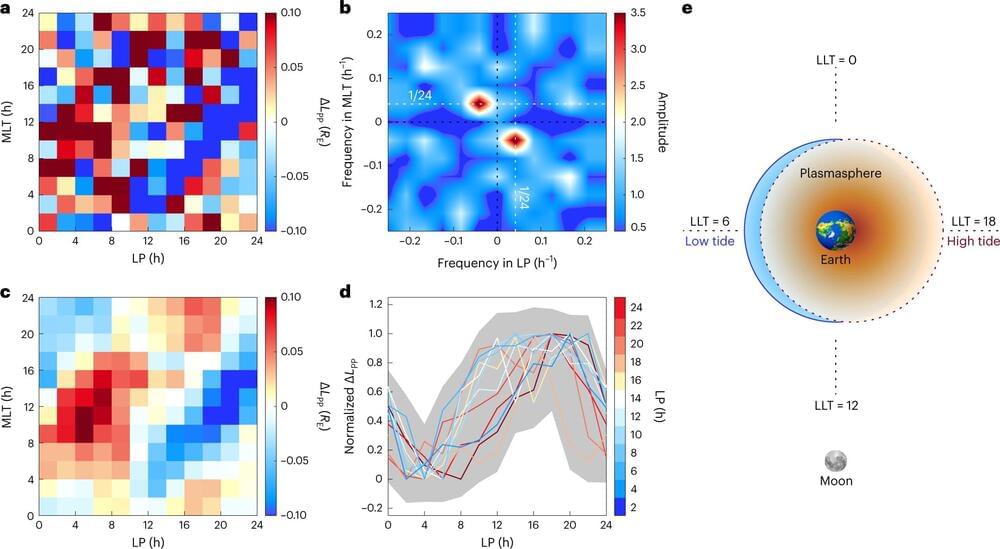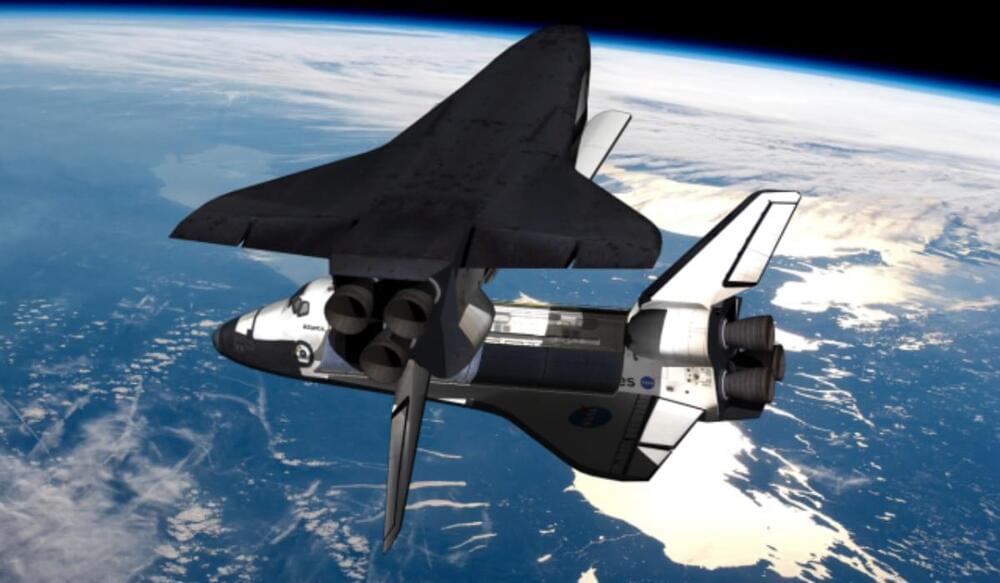https://youtube.com/watch?v=JV7K8CvA26I&feature=share
Source: Perimeter Institute for Theoretical Physics https://youtu.be/f1x9lgX8GaE
Courtesy of the Perimeter Institute https://www.youtube.com/user/PIOutreach.
Inside the Perimeter https://insidetheperimeter.ca.
In October 2015 Neil Turok, director of the Perimeter Institute for Theoretical Physics (PI) located in Waterloo, Canada opened the new season of the PI Public Lecture Series with a talk about the remarkable simplicity that underlies nature. Professor Turok, who was born in South Africa and now lives in Canada, discussed how this simplicity at the largest and tiniest scales of the Universe is pointing toward new avenues of research and revolutionary advances in technology.

